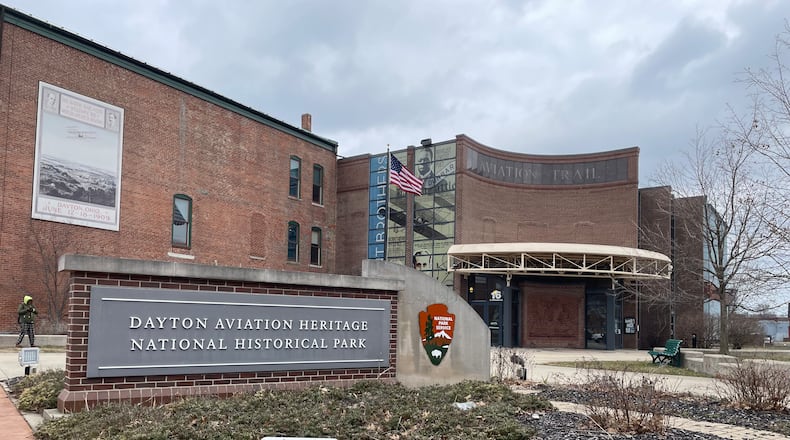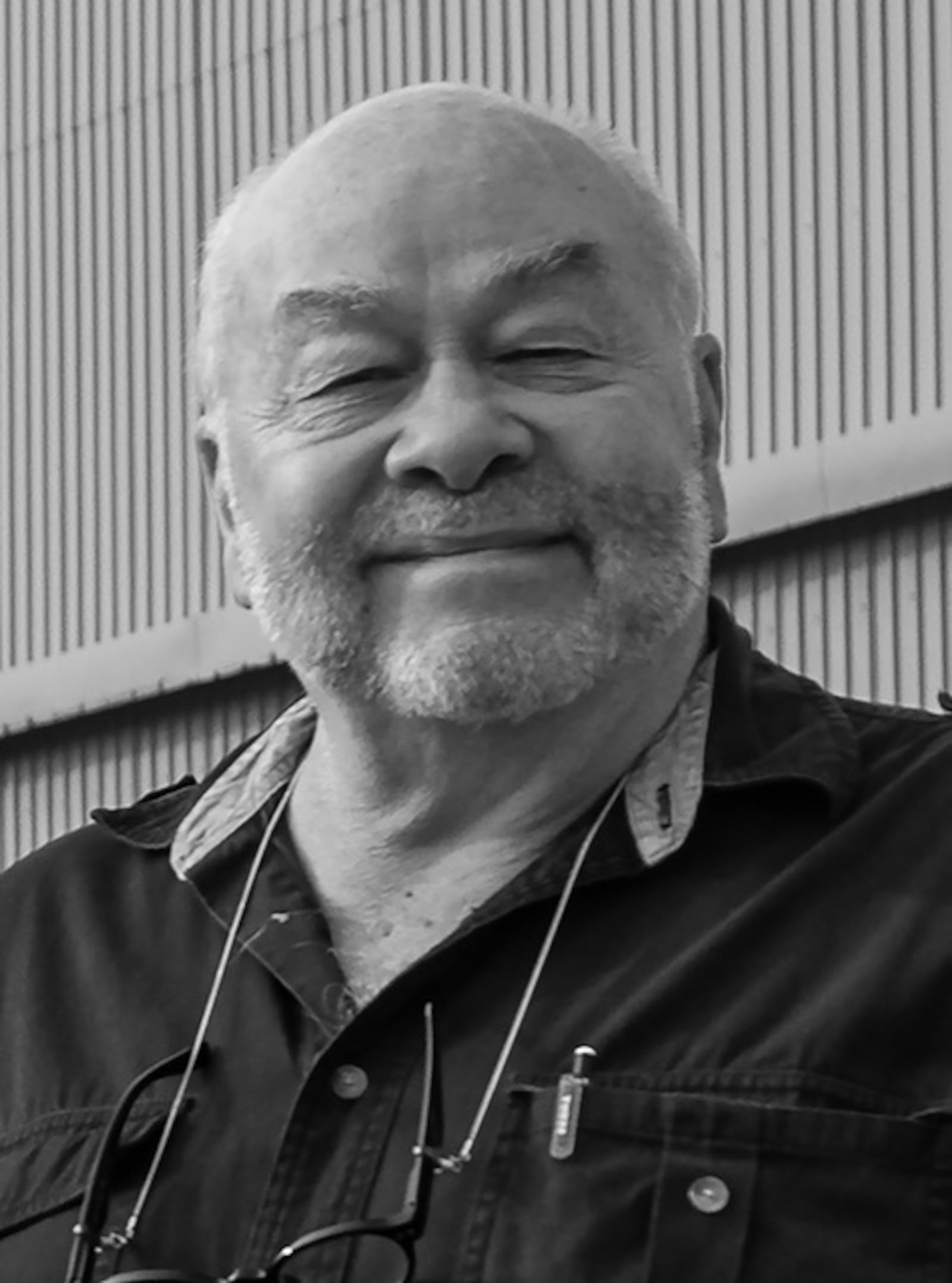Credit: Tom Gilliam
Credit: Tom Gilliam
Our national parks, including sites in Dayton, are at continued risk from proposed longer-term budget and staffing cuts as well. Adequate funding for national parks in the Federal fiscal year 2026 appropriations is needed not only to open our national parks to the public, but also to ensure that experienced staff are retained to operate park sites; upkeep and maintenance is done; already funded projects can be completed; and valuable and often fragile historic objects and records are professionally protected.
National parks protect our country’s most important places and stories. We’re lucky to have a national park in Dayton, and it has incredible stories of national significance that should continue to be protected and shared. We gave the world the airplane - which has resulted in significant changes in commerce, leisure, science, and warfare - and the lasting literary work of Paul Laurence Dunbar. But this heritage is at risk without park rangers and maintenance workers on duty to protect it and tell these stories to Dayton’s visitors.
We need our elected officials in Washington to come together and agree on a budget that doesn’t just open parks now, but ensures they have adequate funding to protect these irreplaceable resources and stories for generations to come.
Dean Alexander is a retired superintendent of the Dayton Aviation National Historical Park.
Dan Patterson is an aviation author, photographer and historian.



